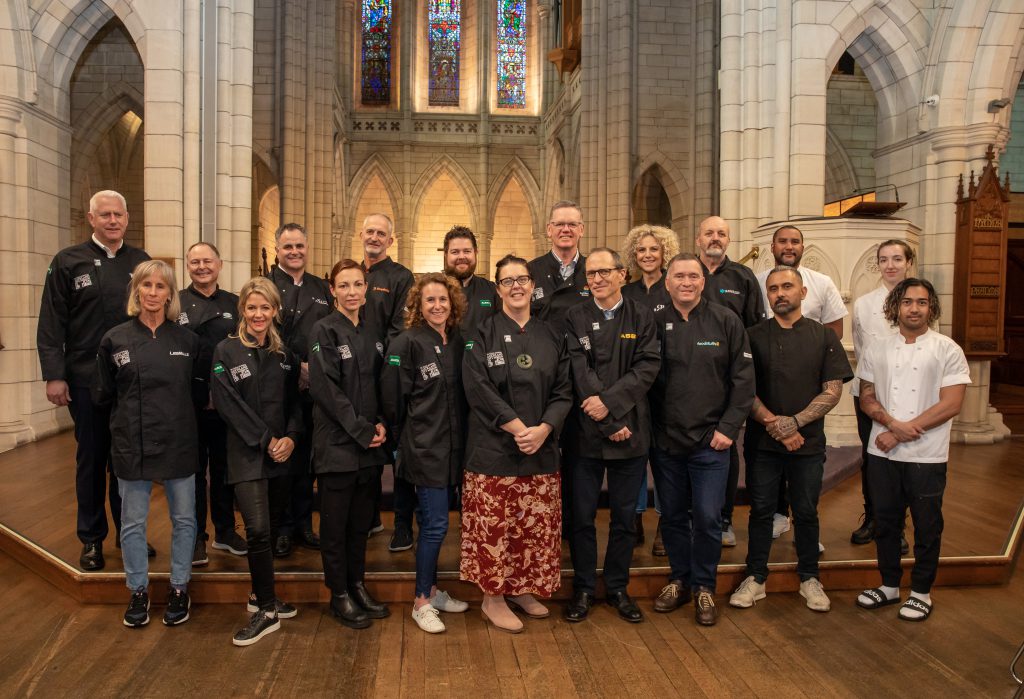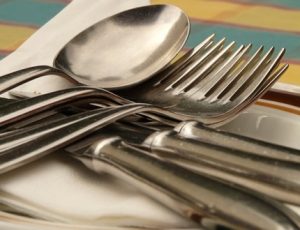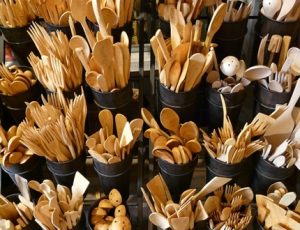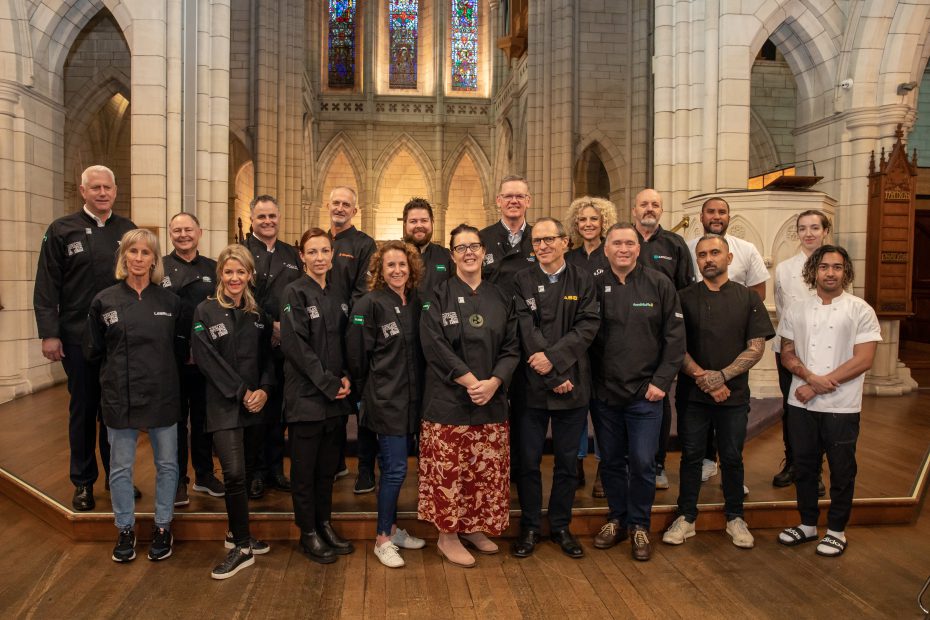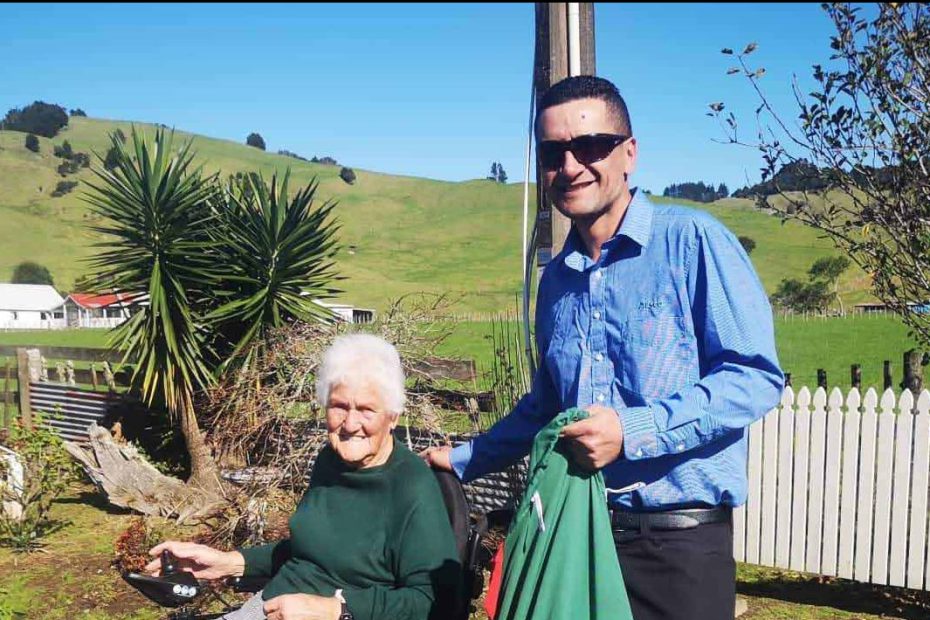There is more to going ‘Green’ than opting for green lunches. It’s more than just munching on a healthy salad. You might also want to consider the cutlery you use.
Are you using real eco-friendly cutlery or the usual plastic ones that go straight to the bin after just one use?
Eating healthy is good for everyone. Or is it, really? The thing is, while going for the ‘Green’ diet is good for your body, it may not necessarily mean it’s also good for the environment.
Most local healthy food joints deliver food in biodegradable packaging and wrappings but what about the little spoons or forks that you use? What are they made of?
This eco-friendly cutlery is usually categorized as ‘biodegradable’ – those you can dispose of without doing harm to the environment, or ‘reusable’ which means those you can simply wash and wipe and they’re good to use again.
Eco-friendly Cutlery Choices are within your reach
- Bring Your Own Cutlery– Zero disposable utensils means zero extra waste. You can always bring your own utensils to work – or pretty much anywhere you go, so you wouldn’t need any cutlery from the food suppliers.
- Metal Cutlery – Metal cutlery definitely helps in going ‘Green’ because they last for a really long time; except for when they disappear one by one over time. But the beauty of having them is that you no longer need to use disposable utensils. A lot of office pantries have metal cutlery that employees wash after use.
Go for Bio-degradable (or compostable) Cutlery
- Wood – They are lightweight, sturdy, and are produced from a completely chemical-free process. Most of them are made from hardwoods like maple, birch, and fast-growing bamboo. So going for wooden cutlery instead of plastic knives, forks, and spoons is definitely more eco-friendly.
- Celeplast or PSM (Potato Starch Material) – Who would’ve thought potatoes actually make great eco-friendly cutlery? Celeplast or PSM (Potato Starch Material) may look like plastic at first glance but they are 100% biodegradable. They can resist heat up to 205 F and are durable enough to cut through even steak.
Beware of another version of PSM on the market though. Always check with the caterers what kind of PSM they are using. This Plasticized Starch Material contains 20% petroleum-based resin which definitely not biodegradable.
- PLA (Poly Lactic Acid) – Aside from potatoes, corns are also being used to create ‘Green’ cutlery. Poly Lactic Acid is a type of plastic that is 100% biodegradable. It’s made from corn and is just as durable as the regular plastic cutlery available on the market.
While they can only handle up to 110 F of temperature, PLA utensils are still sturdy enough to handle solid food. The best thing about PLAs is that they will decompose between 60 to 90 days when used and set for composting, doing zero harm to the environment.
Finding Restaurants or Suppliers
The good news is more businesses are now into promoting their ‘Green’ ethics so finding a restaurant that encourages the use of eco-friendly cutlery or biodegradable (compostable) utensils have become a lot easier these days.
Just take a good look around and you’ll surely find a salad bar or restaurant near you. Can’t find them? You might want to check out our Greenfinder.com.au, an online listing or directory of thousands of ‘Green’ businesses and the eco-friendly products they offer.
There is no need to resort to using your fingers to reduce waste and save the Earth. Just take a quick look around and you’ll see. There are actually a lot of more eco-friendly cutlery that you can use.
Sources:
- ‘Compostable Cutlery, Biodegradable Cutlery: The Newest in Green Cutlery Options’, Mr Take Out Bags blog.
- ‘Compostable Cutlery Made From Cereplast’, Treehugger.com.
- ‘What are the Pros and Cons of Using Wooden Cutlery?’, Wisekgeek.com.
Photo: Free-Photos
